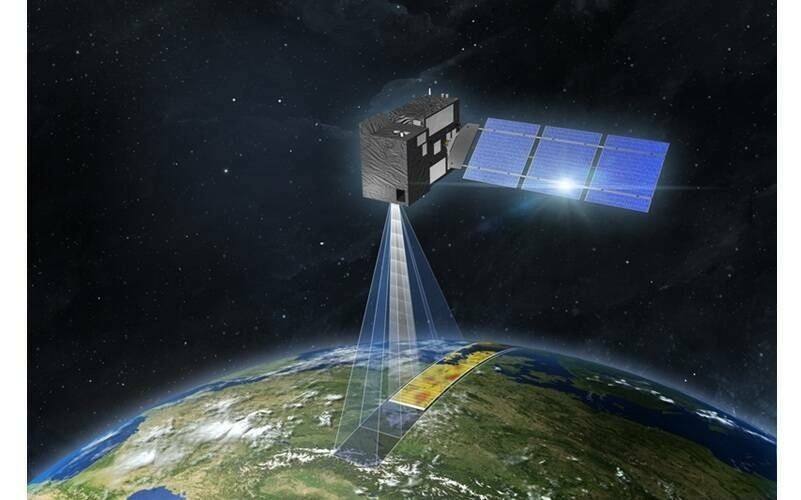Karlsruhe, 11 October 2016. The new releases of PTV Visum, PTV Vissim and PTV Viswalk, the world’s leading software solutions for macroscopic traffic modelling and microscopic traffic and pedestrian simulation, set new standards for assignment, visualisation and user-friendliness, and run faster than ever before.
A new simulation-based assignment method, upgrades in runtime speed and enhanced handling – the releases come with several new features and functions that aim at making modelling and simulating with PTV Vision Traffic solutions not only better but also faster and more convenient.
Macroscopic traffic modelling: New possibilities for assignment and visualisation
There are situations where a detailed representation of the dynamics of congestion and traffic flow is required. This is why PTV has developed SBA, the simulation-based dynamic assignment, for PTV Visum 16. With SBA, individual vehicles and their interactions are simulated; congestion effects and delays over time can be more realistically represented than with a merely static or non-simulation-based dynamic assignment.
SBA is close to microsimulation and uses a simplified car-following model, allowing for application even for large networks. “SBA is the ideal stepping stone between strategic modelling in PTV Visum, and hybrid simulation in PTV Vissim,” states Michael Oliver, Solution Director PTV Visum. “Rather than push static assignment to its limits, users can leverage the science behind mesoscopic simulation within the PTV Visum environment to design effective, efficient workflows.”
PTV Visum 16 furthermore comes with a new 3D network view. It gives users the opportunity to create impressive and intuitive visualisations and videos with prisms, bars, customisable colour schemes and individual storyboards for reports and presentations for colleagues, superiors and the general public.
Microsimulation: Saving time with enhanced user functionality
The new release of the microsimulation software PTV Vissim brings with it additions to Scenario Management allowing users to very conveniently and efficiently compare results of different planning or design scenarios. In order to guarantee a clear overview, PTV Vissim portrays the results of scenario comparison attributes not only in lists, result lists and chart windows, but also visualises them in the network editor through colour schemes and link bars. “Our PTV Vissim 9 updates are focussed on providing enhancements which simplify tasks and support users in their day to day workflow so that they can save time”, states Alastair Evanson, Solution Director PTV Vissim.
As well as upgrades to Scenario Management, PTV Vissim 9 also provides Level of Service results for nodes, an inbuilt matrix editor for simpler handling of matrices, dynamic assignment and convergence enhancements and improvements to visualisation options.
Pedestrian simulation: higher, faster, better
With PTV Viswalk 9 there is no vertical limit to what can be modelled within the pedestrian simulation software. Users can now simulate pedestrian flows within multi-storey buildings in a comprehensive manner by modelling not only stairs but also elevators. Modellers may simulate single or several elevator groups. “The new feature ‘elevators’ lifts PTV Viswalk up to a whole new level”, explains Brett Little, Solution Director Pedestrian Engineering and Major Events. “It perfectly complements Viswalk’s ability to import BIM data and thus to depict the entire architectural interior geometry of any structure or building.”
The feature is accompanied by the introduction of new walking behaviour on stairs and ramps and accelerated simulation runs sped up by a factor of 4
Subscribe to our newsletter
Stay updated on the latest technology, innovation product arrivals and exciting offers to your inbox.
Newsletter

